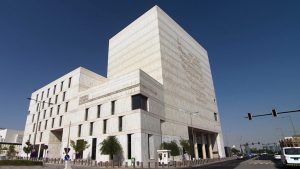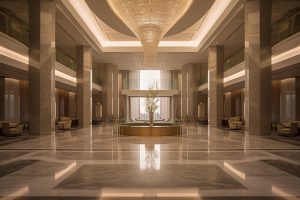The word sustainable in architecture & interior design refers to the designing consciously and responsibly from the building envelope up to the structure’s interior spaces, down to the extent the selection of the seemingly innocuous decorative item such as a vase or an artwork to be brought to the interior space as part of the design aesthetic.
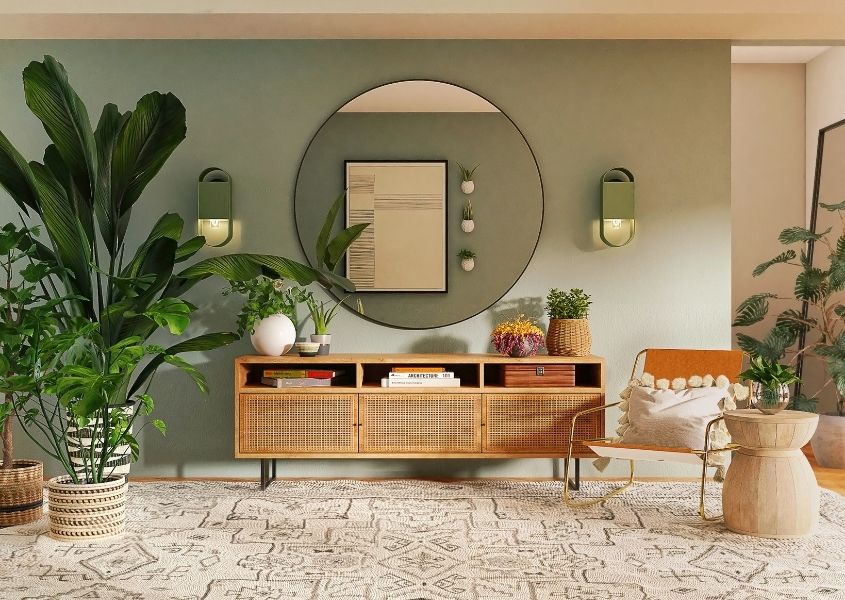
The Architects and Designers guide towards functional design with respect to sustainability, the economic development within the region, and the vow to respect and preserve nature leading to global awareness of the advantages and consequences that arise from manufacturing such products.
With the vast trend for various construction and furniture manufacturing materials presently available in the market worldwide, let’s contemplate the depth of its meaning and true relevance.
Is it effective? Does it demonstrate the purpose, or is this simply a trend in which the term “sustainable” design is arguably just a part of a marketing strategy that merely validates its overall impact? What is the difference between designing based on the demands and what the proposed structure is intended to serve? Compared to Designing Green Consciously every material selected in the process of building a structure and designing interiors needs to be sustainable.
First and foremost, Architects and Interior Designers must be knowledgeable of how the design will affect the neighborhood beginning from the pre-construction stage to post-construction, or in the same manner for the process of furniture production, and eventually the handover to the end-users.
In addition, the use of low-maintenance materials that are locally available to reduce carbon footprint in case of the need to replace damaged materials. Building materials must primarily be eco-friendly, durable to work in different climates, fire-resistant, and can withstand or at least fare well during natural disasters. Similarly, the materials used in furniture and furnishings production may include hazardous and toxic chemicals such as dyes, paint, varnish, and sealants that can affect the indoor environmental quality endangering the overall health and well-being.
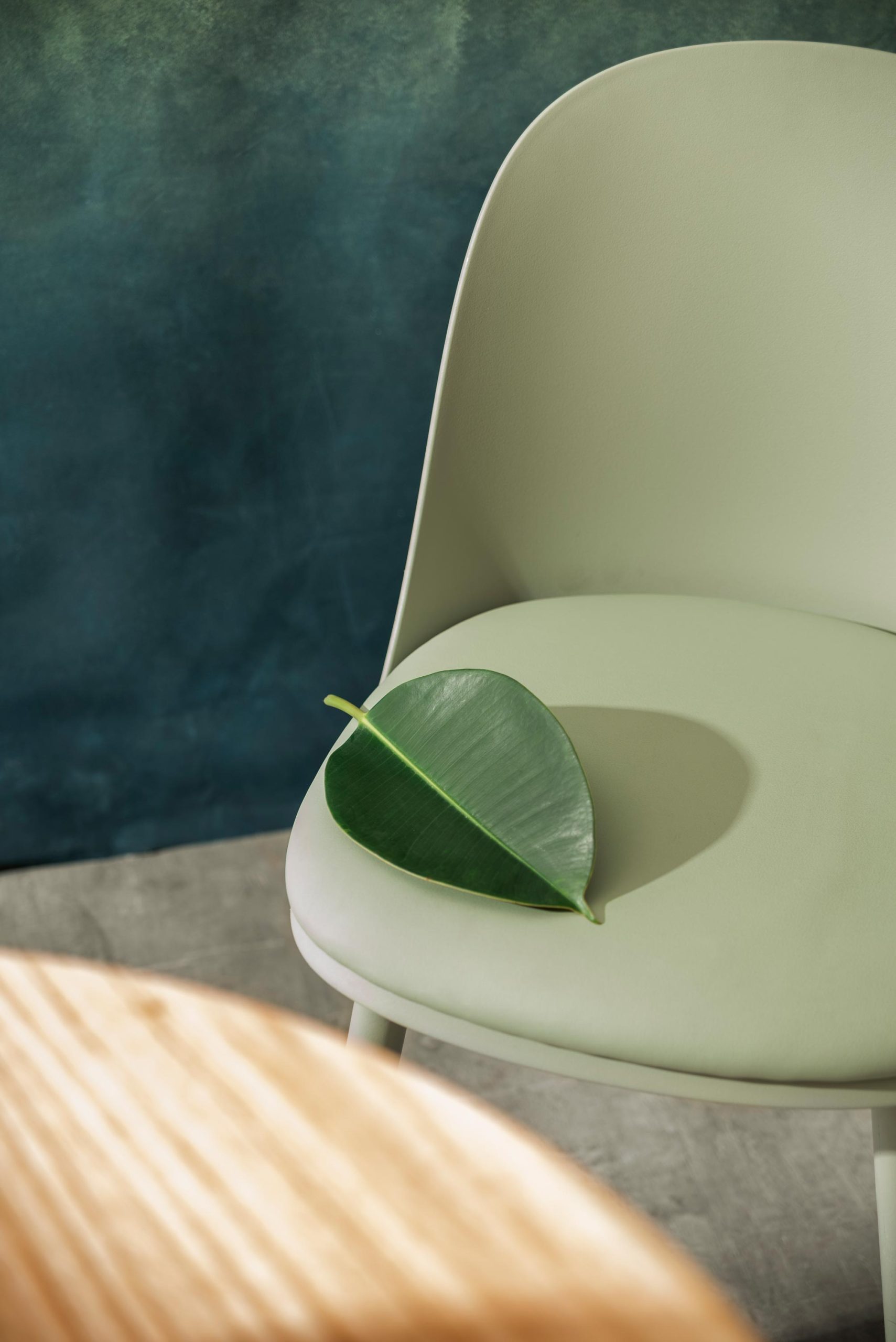

Furthermore, the Architects and Interior Designers should creatively combine local and internationally sourced materials and products forming a distinct sense of uniqueness, as well as a unified design outcome to satisfy the client is the design expression of what the mind of a professional can create. Prioritizing local products versus considering transportation logistics is another factor in combining items coming from different parts of the world. More items to be imported from other countries means an increase in carbon footprint and emissions.
And sustainable building is a design standard, the term Green Design comes to mind that enraptures the design philosophy and practice to fabricate and manufacture products or materials as non-toxic and ecologically friendly as possible. It is the designer’s responsibility to safeguard air, water, and the surrounding areas by using and selecting eco-friendly materials during and after construction which means that for several years the structure has to function mainly by recyclingrain and minimizing water wastage, considering incorporating natural lighting and ventilation in the design, and the use of solar panels to generate energy to establish the ability of the structure to adapt naturally to the constant changing of climate without depending on electricity consumption to keep the interior spaces habitable during the extreme hot or cold season.
Nonetheless without losing its architectural character and sacrificing the structural stability to withstand force majeure.
Designing interior spaces to be functional and green that complements the building character is essential to determine that the design result justifies the overall purpose. What makes interior spaces sustainably green which the client would highly approve of? Does recycling of materials defy the interior design intent? More so, what about losing their grandeur if recycled materials are used?
Recycled materials do not necessarily mean cheap, nor is it always presumed as high-end since the main principle of going green is to reuse, recycle, and preserve the existing items in addition to sourcing materials that are locally available.

With high regard for the clients’ distinct preferences, the selection of furnishings and decorative items are the focal points of interior design that set apart one design concept from another. Each client demands his own home or property to be uniquely luxurious which prompts them to seek professionals specializing in the field to render designs based not only on their taste but their lifestyle. With some qualities mentioned, the challenge of rendering design to each client is to meticulously incorporate the design principles that embody sustainability with stability, function, and aesthetics by combining knowledge of the latest innovations on improving environmental quality and designing eco-conscious outdoor and indoor spaces.
The Evaluation of the Proposed Site Location as Part of Sustainable Design
Defining how the building will affect its surroundings and the contributions to livable communities on how to attain self-sustainability, fully functioning recycling process without damaging the environment, thus helping preserve our natural resources.
The building’s location to determine its sustainable effectiveness is based not only on the construction materials specified but also on calculating the distance of material delivery and accessibility to the site which means the materials are locally available and can be transported by land within a reasonable radius distance. The carbon emissions from warehouse suppliers are calculated.
Another factor is the building’s purpose and occupancy which emphasizes the activity within the building that may greatly affect the surrounding areas causing air and water pollution. A good example is a building or structure constructed for the manufacturing of furniture and built for the fabrication of decorative products. Such buildings require the disposal of material wastage and involve the process of varnishing, painting, and finishing that uses synthetic chemicals which are harmful to the environment. Particularly, the varnish emits chemicals that pollute the atmosphere affecting its neighbors, and is highly hazardous to public health.
In specifying and choosing materials, the architects and designers should support eco-friendly and non-toxic coloring and dyeing techniques derived from plant-based sources such as the use of colors extracted from roots, leaves, flowers, and fruits. This natural process has been used for thousands of years but the introduction of synthetic chemical dyes started in the early 19th century causing this old process to be passed.
Ideally, these types of buildings are to be allocated in zones far from residential areas and bodies of water such as lakes and streams that the city government regulations implemented based on rural and urban planning to protect and maintain an eco-friendly environment.
Designing Sustainable Outdoor Landscape
Outdoor landscape design consists of two elements namely the softscape and hardscape respectively.
How can landscape design contribute to environmental sustainability?
Softscape pertains to greeneries of different types like trees, bushes, flowering and non-flowering plants, and grass. As well the Waterscape like fountains and man-made flowing water features supplied with recycled water are all part of softscape design. This softscapes’ main purpose for sustainable design is to reduce heat, pollution, and water wastage.
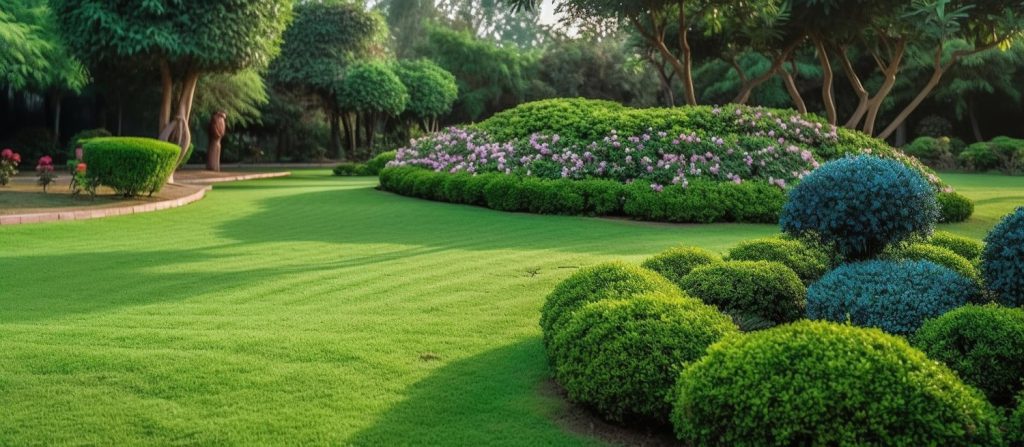
Do you notice how you feel comfortable and relaxed walking around open areas surrounded by greenery and water?
It is the effect of natural plants and trees that absorb heat from the sun by providing shade and protecting you from direct sun rays.
Adding waterscapes in outdoor spaces has become an indication of artistic expression and an aesthetic focal point of landscape design. Constructing a waterscape as a form of collecting rainwater to supply water to the plants and to undergo in recycling process to be used inside the building. In return having a waterscape absorbs the ground heat transfer and prevents a dry atmosphere.
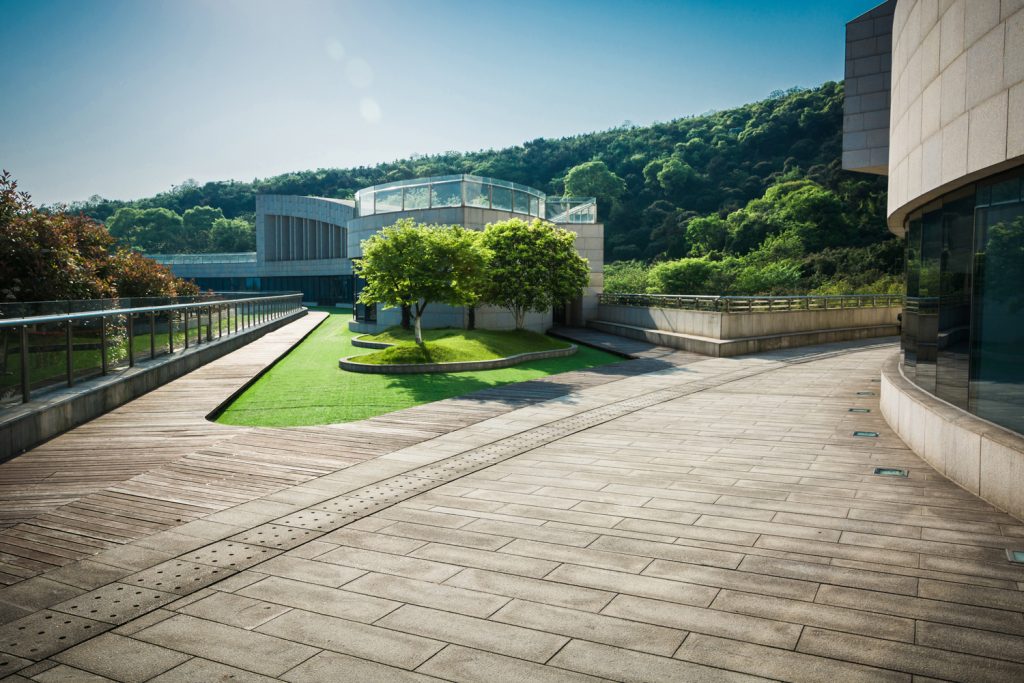
While Hardscape is designing landscapes by incorporating materials that exist on site. Reusing old stones, bricks, and pavements for walkways and driveways. Constructing decks, sheds, and covered walkways using green materials like solar panel roofing, posts that are from recycled old and existing timbers, and bamboo that regenerates within 10 years of harvest.
